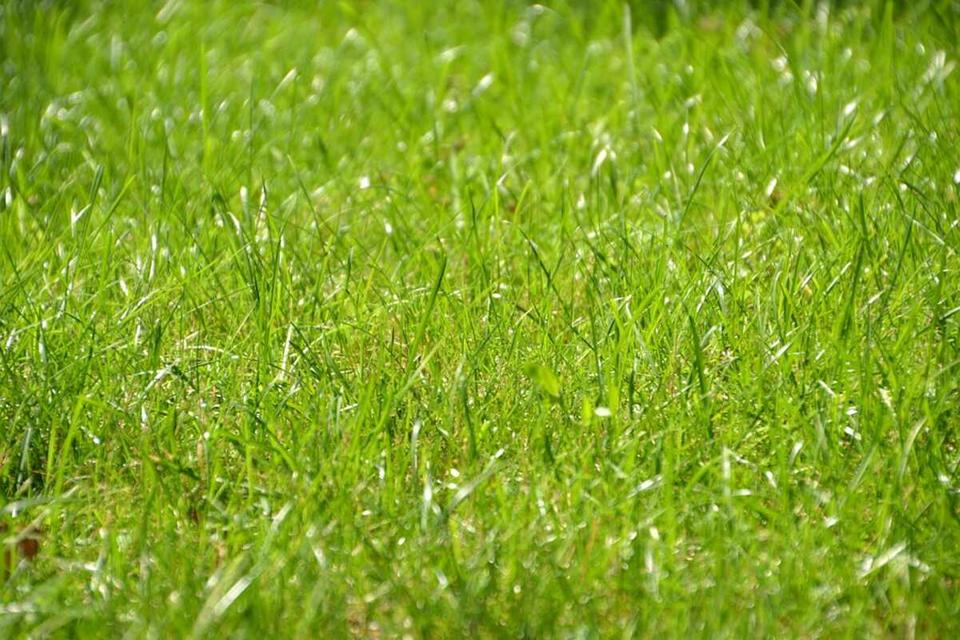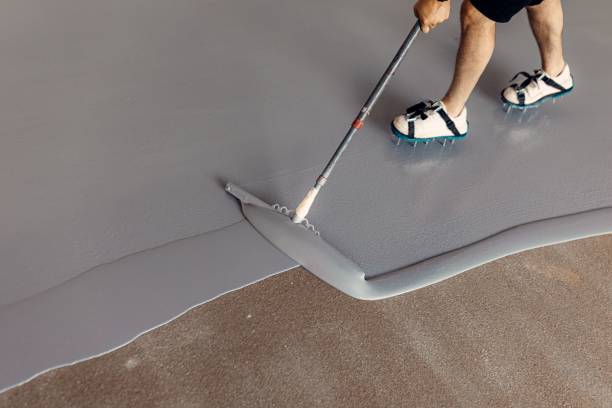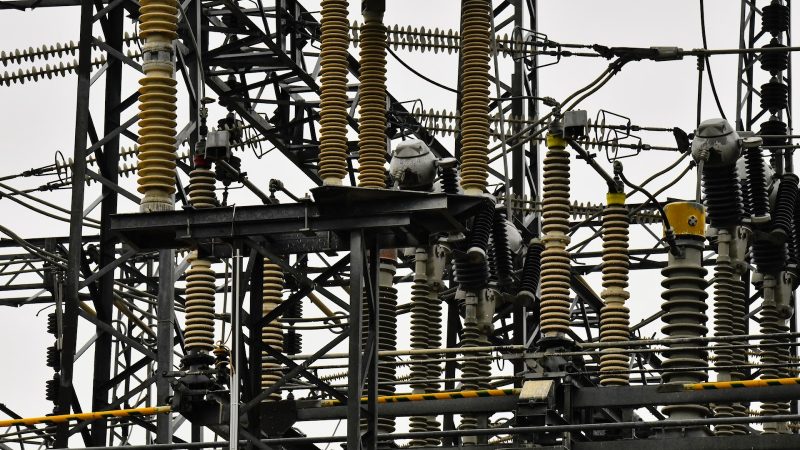Choosing the Right Grass for Your Illinois Lawn

With so many different varieties of grass available, it can be a daunting task to pick the right one for your lawn. It’s important to consider factors such as climate and soil conditions when selecting your turfgrass. In Illinois, where temperatures range from hot to cold and humidity levels fluctuate, choosing the right type of grass is key. Here’s a look at what types of grass are best suited for Illinois lawns, as well as their fertilization and watering needs.
Fescue Grass
Fine fescue is an excellent choice for Illinois lawns because it does well in both hot and cool climates. It is also very tolerant of drought conditions, making it an ideal grass for areas that don’t get enough rainfall or irrigation. Fescue does not need much fertilization once established, but should be fertilized twice a year with a slow-release fertilizer containing nitrogen and phosphorus. Fescue should be watered deeply but infrequently, which means that you should water it until the ground is soaked but not overly saturated. Use this guide for tips on the best times to water your lawn.
Bermuda Grass
Bermuda grass is another good option for Illinois homeowners because it thrives in warm temperatures and can tolerate drought-like conditions. Bermuda grass needs to be mowed frequently during the summer months to keep it looking its best; however, during the winter months it will become dormant and will not need to be mowed until springtime arrives again.
This type of grass needs to be fertilized at least twice a year with a fertilizer containing nitrogen and iron; however, you may want to apply additional fertilizer during periods when the temperature or humidity levels are high. The watering requirements for Bermuda grass are similar to those for fescue; deep infrequent watering is recommended in order to avoid over-watering or under-watering your lawn.
Bluegrass
Bluegrass is another excellent choice for Illinois lawns because it has great heat tolerance and can withstand colder temperatures without becoming dormant or dying off completely. Bluegrass needs frequent mowing during the summer months in order to keep its lush green color; however, like Bermuda grass, bluegrass will become dormant during colder months and won’t need much maintenance until springtime arrives again.
Bluegrass should be fertilized at least twice per year with a slow-release fertilizer containing nitrogen and phosphorus; additionally, this type of grass needs frequent watering throughout the summer months in order to maintain its lush appearance (ideally several times per week).
Up Your Grass Game!
When selecting the right type of turfgrass for your Illinois lawn, remember that each variety has specific care requirements that must be met in order for it to thrive. While all three types of turf mentioned above are suitable options for most areas within Illinois, make sure you take into account factors such as climate conditions and soil quality before making your final decision on which turf variety will work best for you!
Also Read: The benefit of having theme parties






